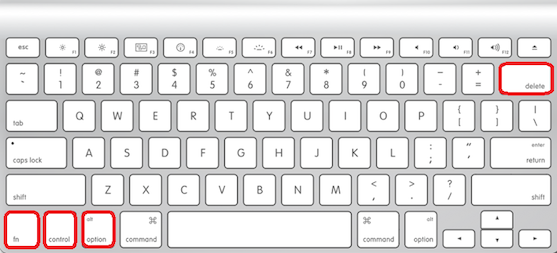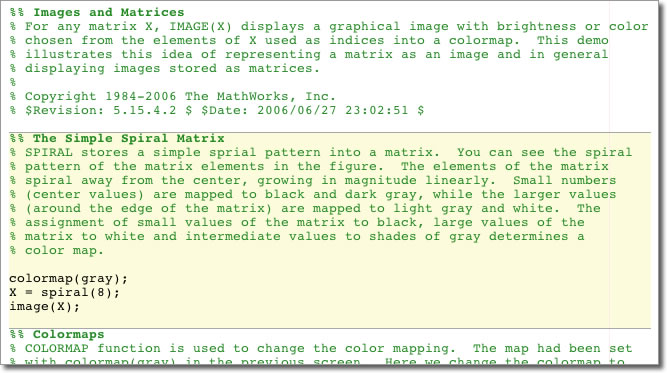Ctrl Enter For Mac
- Ctrl & Enter for scripts on Mac Well Ctrl and Enter on Scratch is for example in variable lists, when you do game landscape generation, and you use the keybind to.
- I just did a Windows 10 reinstall and now Ctrl+Enter doesn't append '.com' to items typed in the address bar. I don't recall ever changing a setting that affects that. I'm using 2.9.1699.4 (Official Build) (64-bit).
A clear list of over 200 Excel shortcuts for both Windows and Mac, side-by-side. Windows shortcuts in dark gray on the left, Mac shortcuts in white on the right. The answer is: Command + Control + Enter. And then it will make another line in the same cell, which was Alt+Enter in Excel for Windows 12 people were helped by this reply. Ctrl+Enter fills the selected cell range with the current entry. Shift+Enter completes a cell entry and selects the cell above. Cancels an entry in the cell or Formula Bar. Closes an open menu or submenu, dialog, or message window.
To use any of these key combinations, press and hold the keys immediately after pressing the power button to turn on your Mac, or after your Mac begins to restart. Keep holding until the described behavior occurs.
- Command (⌘)-R: Start up from the built-in macOS Recovery system. Or use Option-Command-R or Shift-Option-Command-R to start up from macOS Recovery over the Internet. macOS Recovery installs different versions of macOS, depending on the key combination you use while starting up. If your Mac is using a firmware password, you're prompted to enter the password.
- Option (⌥) or Alt: Start up to Startup Manager, which allows you to choose other available startup disks or volumes. If your Mac is using a firmware password, you're prompted to enter the password.
- Option-Command-P-R:Reset NVRAM or PRAM. If your Mac is using a firmware password, it ignores this key combination or starts up from macOS Recovery.
- Shift (⇧): Start up in safe mode. Disabled when using a firmware password.
- D: Start up to the Apple Diagnostics utility. Or use Option-Dto start up to this utility over the Internet. Disabled when using a firmware password.
- N: Start up from a NetBoot server, if your Mac supports network startup volumes. To use the default boot image on the server, hold down Option-N instead. Disabled when using a firmware password.
- Command-S: Start up in single-user mode. Disabled in macOS Mojave or later, or when using a firmware password.
- T: Start up in target disk mode. Disabled when using a firmware password.
- Command-V: Start up in verbose mode. Disabled when using a firmware password.
- Eject (⏏) or F12 or mouse button or trackpad button: Eject removable media, such as an optical disc. Disabled when using a firmware password.

If a key combination doesn't work
If a key combination doesn't work at startup, one of these these solutions might help:


- Be sure to press and hold all keys in the combination together, not one at a time.
- Shut down your Mac. Then press the power button to turn on your Mac. Then press and hold the keys as your Mac starts up.
- Wait a few seconds before pressing the keys, to give your Mac more time to recognize the keyboard as it starts up. Some keyboards have a light that flashes briefly at startup, indicating that the keyboard is recognized and ready for use.
- If you're using a wireless keyboard, plug it into your Mac, if possible. Or use your built-in keyboard or a wired keyboard. If you're using a keyboard made for a PC, such as a keyboard with a Windows logo, try a keyboard made for Mac.
- If you're using Boot Camp to start up from Microsoft Windows, set Startup Disk preferences to start up from macOS instead. Then shut down or restart and try again.

Ctrl Alt Delete In Mac
Remember that some key combinations are disabled when your Mac is using a firmware password.
Ctrl Enter For Mac Os
Learn more
.jpg)
Ctrl Alt Del On Mac
- Learn what to do if your Mac doesn't turn on.
- Learn about Mac keyboard shortcuts that you can use after your Mac has started up.
